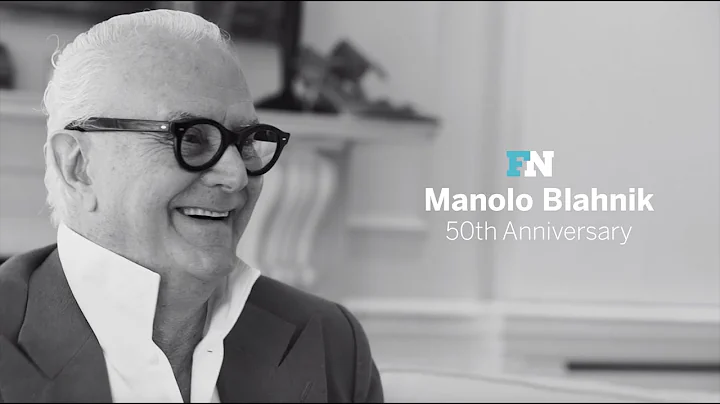Mastering Artwork Transfer: Project & Trace Like a Pro!
Table of Contents
- Introduction
- The Controversy of Projecting Images for Tracing
- The Importance of Drawing Skills
- The Time-Saving Benefits of Projecting Images
- Choosing the Right Projector
- Artograph Tracer Projector
- Artograph Prism Projector
- Digital Projectors
- Essential Features of an Art Projector
- Adjustment of Keystones
- Remote Control
- Leveling Adjustment
- Focus and Clarity
- Versatility in Image Size
- Setting Up the Projector
- The Advantage of Using a Digital Projector
- Ensuring Proper Lighting for Projection
- Tracing the Image Onto the Surface
- Tips for Tracing with a Projector
- Conclusion
⭐ The Benefits of Projecting Images for Tracing ⭐
In the world of art, the ability to accurately capture the likeness of a subject can be a challenge. While some artists excel at freehand drawing, not everyone possesses this innate skill. This has led to the emergence of controversy surrounding the use of projectors to trace images onto a canvas. In this article, we will delve into the advantages of using a projector for tracing and address the misconceptions surrounding this technique.
1. Introduction
Tracing an image using a projector is a technique that some may view as "cheating." However, it is essential to recognize that not all artists have the ability to effortlessly translate their vision onto paper with precision. Projecting an image allows artists to accurately capture the proportions, facial expressions, and intricate details needed to create a faithful representation of their subject.
2. The Controversy of Projecting Images for Tracing
The controversy surrounding projecting images for tracing stems from the perception that it diminishes the artist's skills. Some individuals argue that artists should rely solely on their ability to freehand draw, considering tracing as a shortcut or a lack of creative talent. However, it is vital to realize that artists have different strengths and weaknesses. For those who struggle with drawing certain subjects or achieving accurate proportions, using a projector becomes a valuable tool rather than a crutch.
3. The Importance of Drawing Skills
While projecting images can simplify the initial steps of creating an artwork, it does not eliminate the need for drawing skills. Improving one's drawing abilities is a continuous process that contributes to overall artistic development. By honing their fundamental drawing skills, artists can enhance their airbrushing techniques and create more refined and detailed artworks. Therefore, artists who aspire to project images for tracing should still dedicate time and effort to improving their drawing skills.
4. The Time-Saving Benefits of Projecting Images
One of the major advantages of using a projector for tracing is its ability to save significant amounts of time. Drawing a portrait from scratch can take several hours or even longer, especially when precise proportions and facial features need to be captured. Contrastingly, projecting an image onto the canvas allows artists to trace the design in a fraction of the time. For commissioned portraits or time-sensitive projects, this time-saving aspect can be particularly desirable.
5. Choosing the Right Projector
When it comes to projectors designed for artists, Artograph stands out as a reputable brand offering a range of options. The Artograph Tracer projector is an affordable choice, albeit limited in its image projection size capabilities. For more advanced features, the Artograph Prism projector offers improved projecti







